47 F. high in the Twin Cities Sunday.
56 F. average high on October 20.
54 F. high on October 20, 2012.
.08" rain fell yesterday at MSP International.
0" snow
reported at the airport, but I saw a few flakes mixed in with the rain
Sunday morning. Then again, it was a late night and I may have been
hallucinating.
First Flakes

Everyone,
it seems, is looking for cues - tip-offs of what the winter to come
might hold. Old fashioned, like last winter's 68 inches of snow, or
Kansas City-style, like 2011-2012? Check the wooly bear caterpillars,
and see if the squirrels are stocking up on extra nuts, but don't go off
the date of the first snowflakes to make your winter call.
Last
winter we didn't see the first snow at MSP until October 25, but winter
lingered into the following May. In 2011 the first flurries didn't float
past your window until November 9. An omen of the 22.3 inches of snow
later that winter and record warmth in March, 2012? Not necessarily. In
2004 the first flakes at MSP came early: October 17. Only 25.5 inches
fell later that winter. The first snow is random; there's no evidence
it's a premonition, a reliable indicator or tip-off of the winter to
come.
Today will be typical, for November 19. A stray flake gives
way to a hard freeze late tonight, stunted temperatures until the end of
the week. We have a new definition of a "warm front": 50F, possible
Saturday afternoon. A cold rain early next week gives way to 30s and
flurries for Halloween.
A visual first on today's weather blog: a friend snow-blowing his dock. Huh?
* photo above taken in Crosby, Minnesota Sunday by WeatherNation TV meteorologist Todd Nelson.
"I'll Be In As Soon As I Snow-Blow The Dock"
Not sure I've ever seen this before - a good friend of mine, Heidi
Rusch, sent in this photo of her husband (Tom Rusch) pushing the
snowblower onto their dock up on Pelican Lake, near Breezy Point, where
1-2" slush fell yesterday. "Hey, at least we didn't have to rake
leaves!" she added. Good point.
Cosmetic Snowfall.
It was just enough snow to get people's attention, enough to coat lawns
and fields, although most roads were wet up north. NOAA reports .5 to
1" snows near St. Cloud, about 1.2" at Hillman and nearly an inch at
Motley.
Days With 1"+ Snows.
On average we see a tenth of a day (?) with 1" or more of snow in
October. Translation: it's rare to see an inch of snow in the MSP metro
in October. On average we see 3 days in November and 4 days in December
with at least an inch, a grand total of 16 separate 1"+ snow days during
a typical winter season. Source:
Twin Cities National Weather Service.
Plants About To Freeze Their Buds Off.
Here are the projected 7am surface temperatures Tuesday morning. A
freeze is defined as several hours in a row below 28F, cold enough to
kill off just about all plant life. We should have those conditions
early this morning. 12km NAM guidance courtesy of NOAA and Ham Weather.
A Four Day Preview Of Mid-November.
Stay with me for a second: last month felt like late August and early
September, so it's only fitting that the latter half of October feels
like mid-November. Highs flirt with 40F into Thursday with lows dipping
into the 20s. We temporarily redefine the meaning of a "warm front" -
50F will feel pretty tolerable Saturday afternoon, with highs well up
into the 40s into the first few days of next week. Graphic:
Weatherspark.
Halloween Chills.
No Indian Summer to save us this time around; highs on Halloween may
hold in the 30s, Trick or Treat temperatures close to freezing. No big
Halloween Superstorms brewing this time around. Whew...
A Numbing End To October.
Weather systems (in general) have been moving slower this year, and the
current cold spell is forecast to linger for the better part of 2
weeks, into the first few days of November. I still suspect we'll see an
upward blip by the second week of November, but 70s and 80s? History.
8-14 Day Temperature Outlook courtesy of NOAA CPC and
Ham Weather.
Blizzard's Financial Toll May Snow Under Cattle Ranchers.
The freak blizzard that dropped as much as 55" snow near the Black
Hills of South Dakota is having a major impact on cattle farming;
The Rapid City Journal has details: "
For
South Dakota ranch families reeling from the physical and emotional
stress of the Oct. 4 blizzard that killed tens of thousands of farm
animals, even tougher days may lie ahead when they confront the
financial consequences of the storm. On Thursday, State Veterinarian
Dustin Oedekoven estimated that between 15,000 and 30,000 cattle in
western South Dakota died of exhaustion or suffocation in the
unseasonably powerful storm. The blizzard that dumped up to 55 inches of
snow in some places hit ranchers just as they were looking forward to
the promise of strong markets for their calves, yearlings and bred
heifers this fall..."
Photo credit above: "
Frozen
cattle are seen on Monday, Oct. 7, 2013, along Highway 34 east of
Sturgis, S.D., another casualty of the early October blizzard. South
Dakota Stockgrowers Association Director Silvia Christen says more than 5
percent of the cattle in western South Dakota might have been killed from the wind and snow of a weekend storm." (AP Photo/Rapid City Journal, Kristina Barker).
On Computers: Hurricanes And Lightning Bolts: New Thinking On Both. Here's an excerpt of a very interesting article at Canton's
cantonrep.com: "...
This
all soon will change. NASA is rolling out a hurricane-hunter jet based
on the Air Force’s largest pilotless plane, the Global Hawk. It can
spend 20 hours or more loitering inside a hurricane, monitoring
conditions by the minute and sending them back to its manned cockpit on
land. The “cone of improbability” will shrink to the probable. This
could end the lethal surprises, such as tracking Hurricane Sandy’s
sudden swing up the East Coast. The immense data flow could enable
meteorologists to crack the code of why hurricanes can be so
unpredictable. Next step would be Tornado Alley with drones constantly
watching for the early signs of twister outbreaks. All this is doable..."
Australia's Brushfire Season Turns Sydney's Skies Orange.
Climate Central has the story and video - here's the intro: "
Australia has been enduring its hottest year on record,
and the warm temperatures combined with dry conditions have sent
wildfires whipping across the southeastern Australian state of New South
Wales. The fires — some of the worst in a decade — have caused a deep
haze to descend over Sydney and spurred the deployment of hundreds of
firefighters across the region. Smoke from the fires blanketed Sydney. Surreal images from
Quartz show eerie orange skies framing the downtown, harbor, and iconic
opera house, making the city look like its been transplanted to Mars.
Social media also buzzed with pictures of the lingering smoke. Timelapse videos, including the one above, show Australia’s largest city under the orange haze for much of the day..."
* another perspective on the historically early start to wildfire season Down Under from AP and
Huffington Post.
Australia Faces Worst Wildfire Threat In 40 Years.
France24.com has an update on the major fires burning in New South Wales, and the potential for more blazes; here's an excerpt: "
Australian
officials warned Sunday that New South Wales was facing "unparalleled"
danger from the worst wildfire conditions in more than 40 years. More
than 200 homes have already been destroyed, with weather conditions
likely to worsen. Australian fire services warned Sunday that parts of
New South Wales were facing the most dangerous combination of warm, dry
weather and strong winds in more than 40 years as major wildfires swept
the state..."
Photo credit above: "
The sun glows a
deep orange color as the light is filtered through smoke haze from
wildfires drift over Sydney, Sunday, Oct. 20, 2013. Authorities warned
that high temperatures and winds were likely to maintain heightened fire
danger for days." (AP Photo/Rick Rycroft).
Why You Need Your Beauty-Sleep. So this is why I get cranky (and even more forgetful) when I don't get a good night's sleep.
NPR has a great explanation; here's a clip: "
While
the brain sleeps, it clears out harmful toxins, a process that may
reduce the risk of Alzheimer's, researchers say. During sleep, the flow
of cerebrospinal fluid in the brain increases dramatically, washing away
harmful waste proteins that build up between brain cells during waking
hours, a of mice found. "It's like a dishwasher," says , a professor of
neurosurgery at the University of Rochester and an author of the study
in Science. The results appear to offer the best explanation yet of why
animals and people need sleep. If this proves to be true in humans as
well, it could help explain a mysterious association between sleep
disorders and brain diseases, including Alzheimer's..."
Image credit:
Katherine Streeter for NPR.
18-Foot Oarfish Livens Up A "Leisurely Snorkel" In California. I'm feeling even better about Minnesota's wondrous lakes; details from
NPR: "
A
snorkeler off the coast of California found more than she bargained for
on the ocean floor Sunday, when she saw the large eyes of an 18-foot
fish staring back at her. It turned out to be a dead oarfish, a
mysterious creature known to live in waters thousands of feet deep. The
discovery at the bottom of Toyon Bay at Catalina Island came as a shock
to Jasmine Santana, an instructor at the , who approached the
ribbon-like animal with care before realizing it was dead. Its body was
"almost perfectly intact," the institute says. It may have died of
natural causes..."
Photo credit above: "
People hoist the body of an 18-foot oarfish that was discovered in Toyon Bay at Catalina Island off the California coast.
" Courtesty of Catalina Island Marine Institute.
TODAY: Mostly cloudy and windy, feels like 25. Winds: NW 20+ High: 39
MONDAY NIGHT: Partial clearing, good chance of the first hard freeze of the season. Low: 26
TUESDAY: Hard freeze early. Patchy clouds, still cold. High: 42
WEDNESDAY: October on hold. Still brisk. Wake-up: 27. High: 41
THURSDAY: Mostly cloudy, November-like. Wake-up: 28. High: near 40
FRIDAY: More sun, not as nippy. Wake-up: 27. High: 46
SATURDAY: Partly sunny, almost pleasant. Wake-up: 36. High: near 50
SUNDAY: Intervals of sun, still dry. Wake-up: 30. High: 47
* photo above from Breezy Point on Sunday courtesy of Heidi Rusch.
Climate Stories...
Saving The Great North Woods.
The Star Tribune
ran a long, comprehensive, and excellent story about the changes taking
place in the North Woods of Minnesota. A slow-motion warming trend is
underway, and that has implications for the species of trees that can
thrive in the years ahead; here's an excerpt of Josephine Marcotty's
article: "...
A stark forecast looms for Minnesota’s great North
Woods, the mixed hardwood and conifer forest that grew when the glaciers
retreated during the last great climate change 12,000 years ago. Driven
by a warming climate, scientists predict, the forest will soon follow
the glaciers and retreat north by as much as 300 miles in the next
century. Much of northern Minnesota, they say, will become open savannas
like those in Nebraska and eastern Kansas — with grasses and brush, a
few scattered trees, and domes of bare rock rising from the ground. For
future generations of Minnesotans who love fishing, canoeing and the
sight of a moose in the piney North Woods, that cherished outdoors
experience is likely to be the stuff of grandparents’ tales..."
Photo credit above: Brian Peterson, Star Tribune. "
Jack
Rajala, a logger and white pine savior, planted over a million white
pine seedlings on his company’s timber lands. Here, Rajala stands next
to one of his giants near Grand Rapids — a 200 year old white pine 12
feet in circumference and 120 feet tall."
Iowa Scientists: Climate Change Affecting Farming.
Bloomberg Businessweek has the story - here's the introduction: "
More
than 150 Iowa professors and climate researchers have signed on to a
statement released Friday that says extreme weather patterns caused by
climate change are affecting farming, and updated practices are needed
to prevent soil erosion and adjust to the new reality. "Every year,
evidence has been building in Iowa and around the world that there are
consequences to the continued release of large quantities of
heat-trapping gases into the atmosphere," said David Courard-Hauri,
chairman of the Environmental Science and Policy Program at Drake
University, who helped write the statement. This year's weather has been
extreme..." (file photo above courtesy of Renee Jones Schneider, Star Tribune).
George Shultz Calls For GOP "Climate Insurance Policy". Here are a few exceprts from a recent story at
Clean Technica: "
Former
Secretary of State George Shultz proposed that the U.S. adopt a
"Climate Insurance Policy" to simultaneously bolster the economy and
reduce the risk of global warming. In a recent interview with reporters,
Shultz suggested that Republican leaders follow a Reagen-era strategy
that would drive innovation while also cutting carbon emissions....On
Climate, Shultz's policy preference combines sound policy with deft
political strategy. It would tend to reduce federal tax and spending
levels over time, by shifting taxes from forms of prosperity that tend
to go up, to forms of pollution that tend to go down..."
To Fix Climate Change , Scientists Turn To Hacking The Earth.
We'll lower emissions before drastic, global geo-engineering becomes
the only viable way of reversing climate volatility. Right? Here's a
clip from a story at
NPR: "...
While
it scared a lot of people and angered a lot of scientists, this event
could be a sign of what's to come. Because some very mainstream
scientists are saying that the climate change situation is so bad that
saving life as we know it might require something radical: like shooting
chemicals into the stratosphere to protect earth from the sun. In
essence, these scientists are talking about hacking the climate..."
Image credit:
"If Earth overheats, can it be artificially cooled? Should the effort
begin now? Who would decide? The very idea of "geoengineering," and the
unknown risks of tweaking our climate, leaves many scientists with more
questions than answers."
AP Photo/Courtesy of NASA.
Insurance Industry Warms To New Climate Report. Here's a clip from
Business Insurance: "...
When
a body like the IPCC concludes that, with 95% certainty, mankind is
causing climate change, we would be foolish not to listen,” he said.
“And yet, we are still not listening closely enough. The transition to a
low-carbon economy and a more climate-resilient society cannot be
thought of as options; they are necessities.”
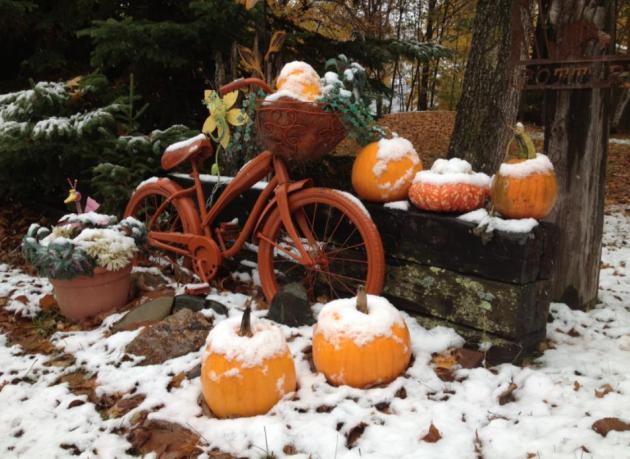 Everyone,
it seems, is looking for cues - tip-offs of what the winter to come
might hold. Old fashioned, like last winter's 68 inches of snow, or
Kansas City-style, like 2011-2012? Check the wooly bear caterpillars,
and see if the squirrels are stocking up on extra nuts, but don't go off
the date of the first snowflakes to make your winter call.
Everyone,
it seems, is looking for cues - tip-offs of what the winter to come
might hold. Old fashioned, like last winter's 68 inches of snow, or
Kansas City-style, like 2011-2012? Check the wooly bear caterpillars,
and see if the squirrels are stocking up on extra nuts, but don't go off
the date of the first snowflakes to make your winter call.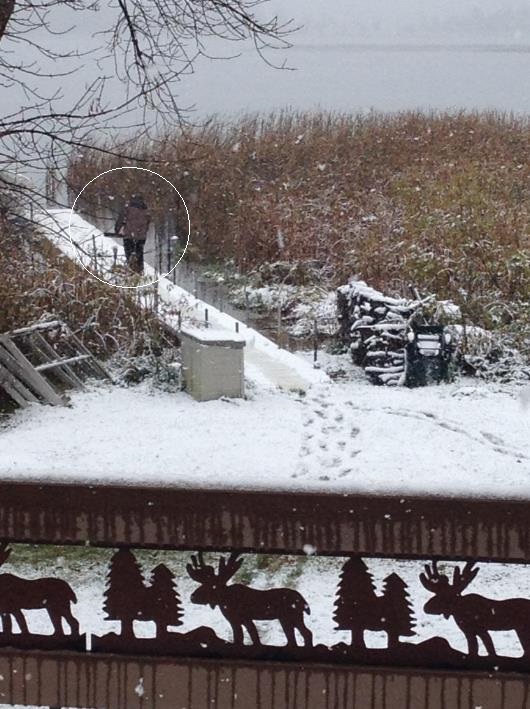
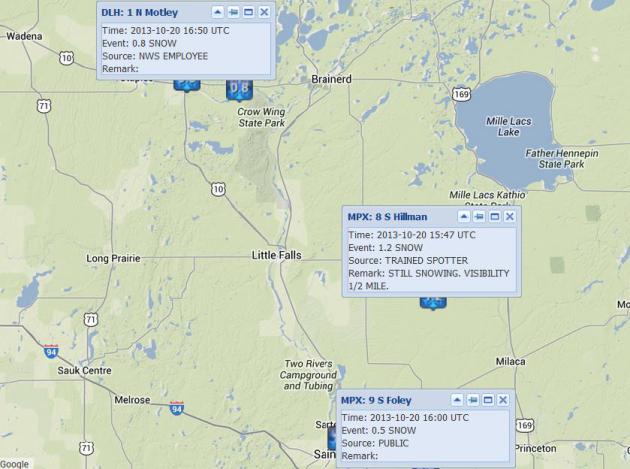
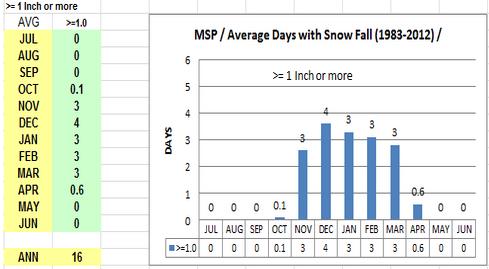
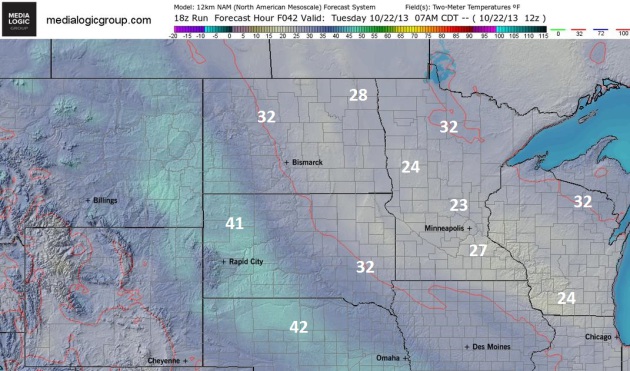
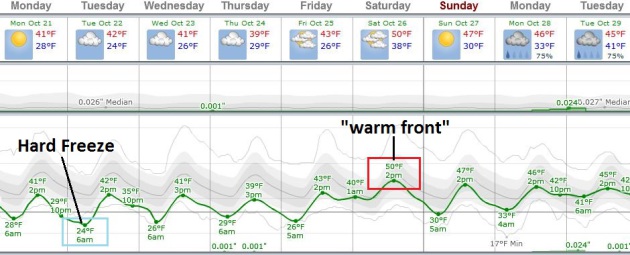
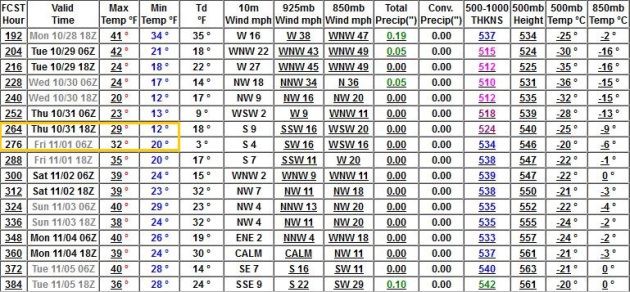
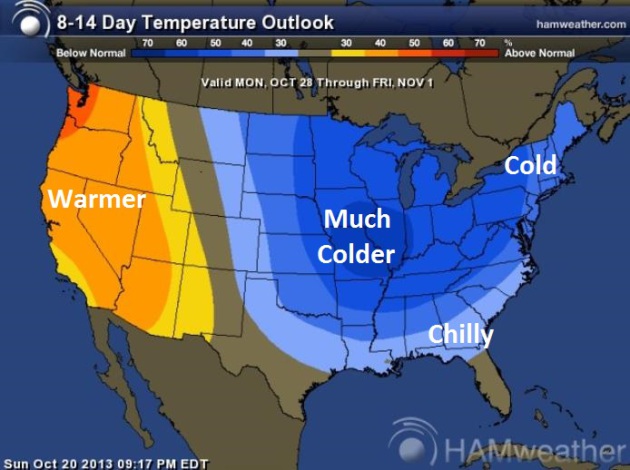
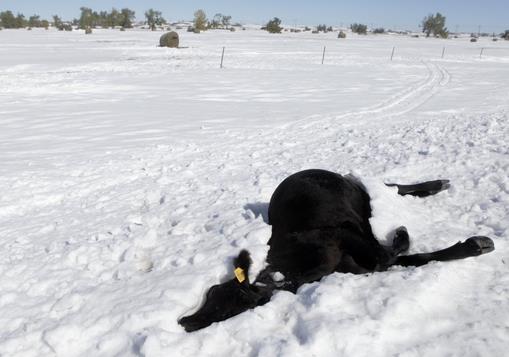


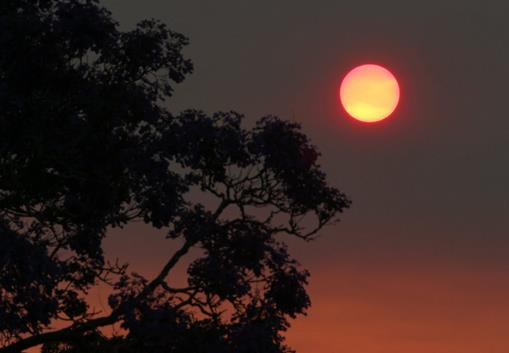
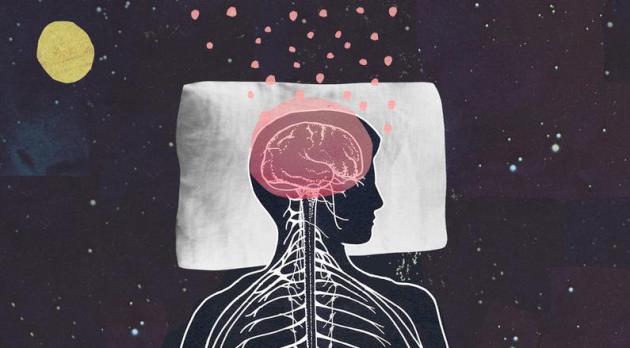
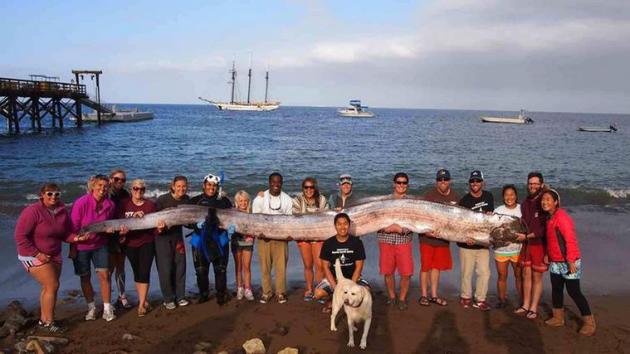
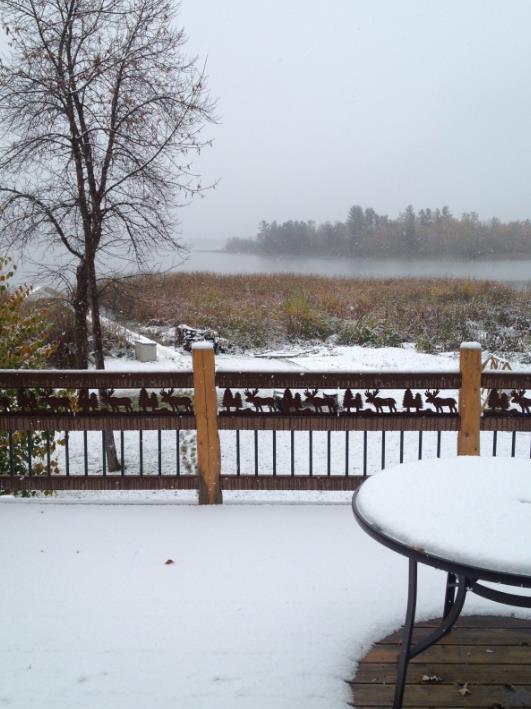

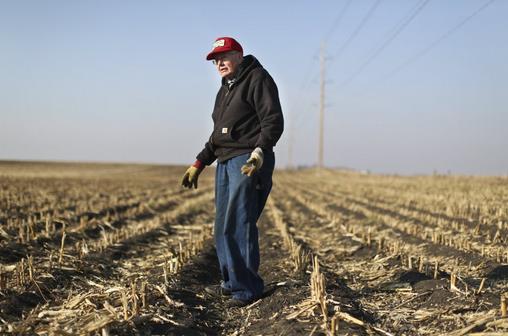
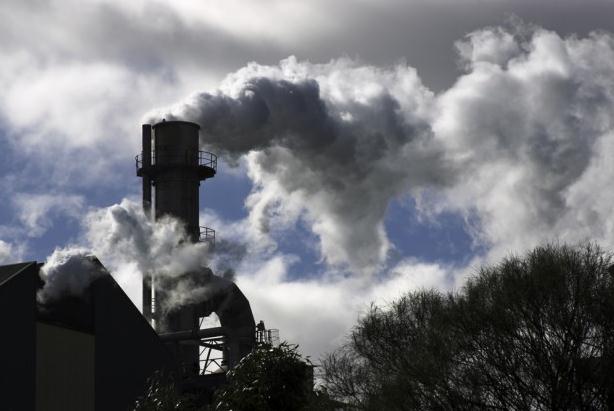
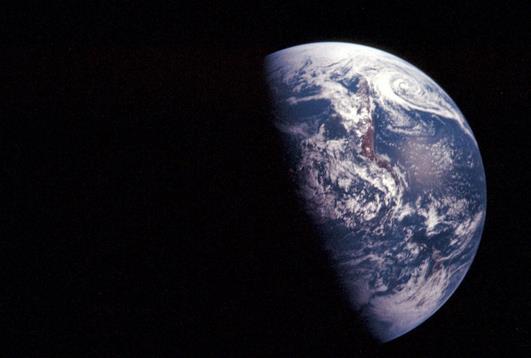

No comments:
Post a Comment